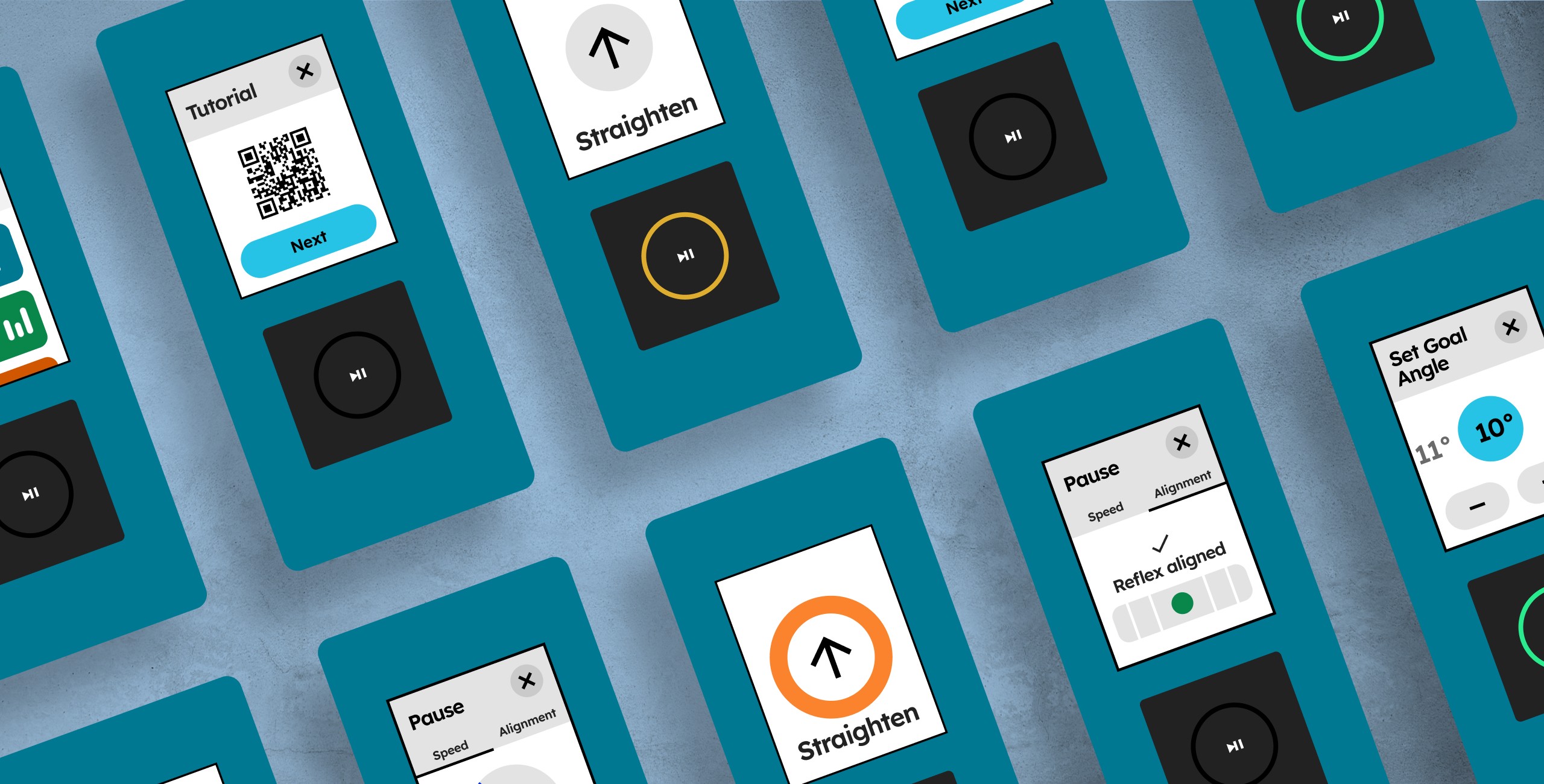Boosting work efficiency and reducing costs through AI
We teamed up with Turnco, an industry leader in oil drilling, to design an AI-powered platform that optimizes operations and boosts user experience, driving efficiency and reducing costs.
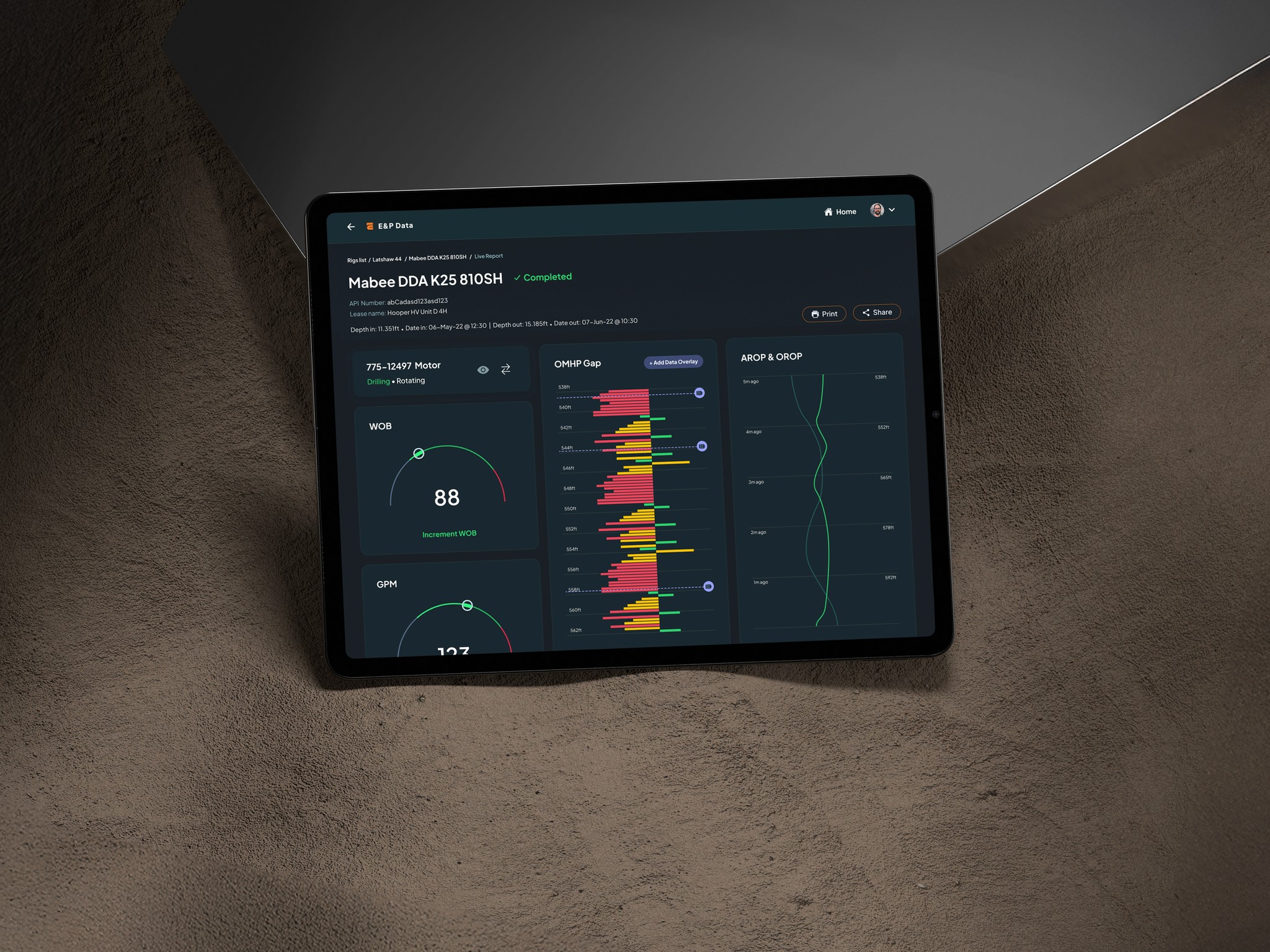
The vision
Turnco, a leader in oil drilling, needed a way to optimize operations through real-time insights and cost-saving efficiencies. Through our discovery process, we identified their key challenges in performance tracking and data visualization, setting the foundation for a solution that would drive operational improvements and align with their vision for innovation.
The Transformation
As a result of our discovery insights, we collaborated with Turnco to build an AI-powered platform that connects to drilling sensors for real-time monitoring and presents critical metrics in an intuitive, visually engaging interface. This tool empowers Turnco with actionable insights, streamlined reporting, and optimized KPIs, resulting in improved drilling efficiency, cost savings, and a cohesive suite of connected tools for smarter decision-making.
AI
Energy
P&D
Team
Product Manager & Facilitator
UX/UI Designer
Back-End expert
Front-End expert
ML Expert
Delivery
UX/UI design
Functional Web application
GitHub repository
Product Documentation

The discovery journey:
Ready set GO
Our team of Arionics worked as part of the client’s team. From there, we laser-focused our joint efforts in indexing information about the problem and business idea.
We used several Design Thinking tools to change our mindset and set assumptions aside, as well as nourish an innovative, non-judgemental atmosphere that would allow for new ideas to come forward.
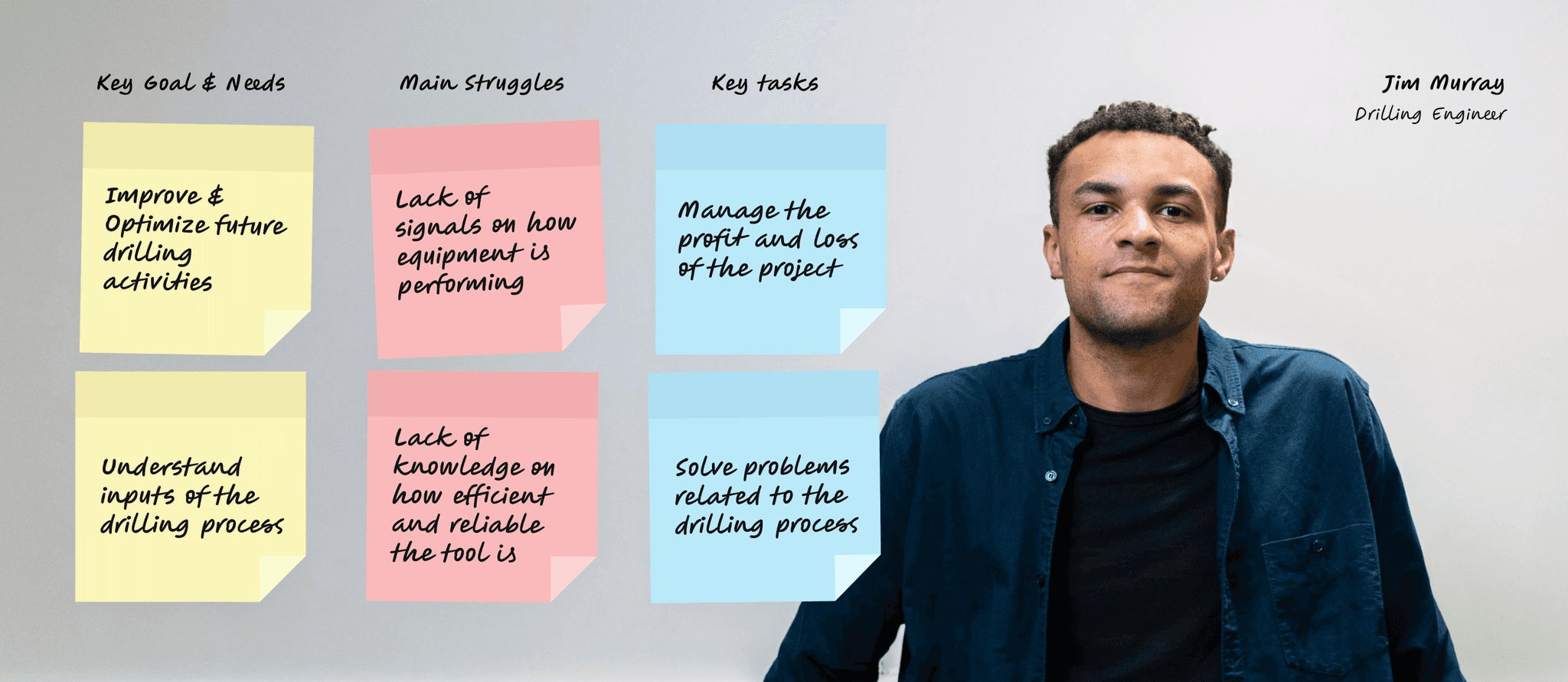
User Persona
We continued facilitating this Discovery experience for our client.
From an initial, diffuse idea we managed to build several important pieces of the puzzle:

Environmental mapping
We analyzed the context of the product to better understand its positioning, timing and environment. This helped us realize that there were virtually no competitors, and if they were, they hadn’t yet secured a position in this industry.
The Outcome
Building on the insights gathered during the discovery phase, including detailed user personas and empathy maps, we transitioned from understanding Turnco’s users to designing and implementing practical solutions
Digital Reporting with Data Visualization
Our UX designers collaborated with the tech team to customize data visualization libraries, making complex information easy to understand.

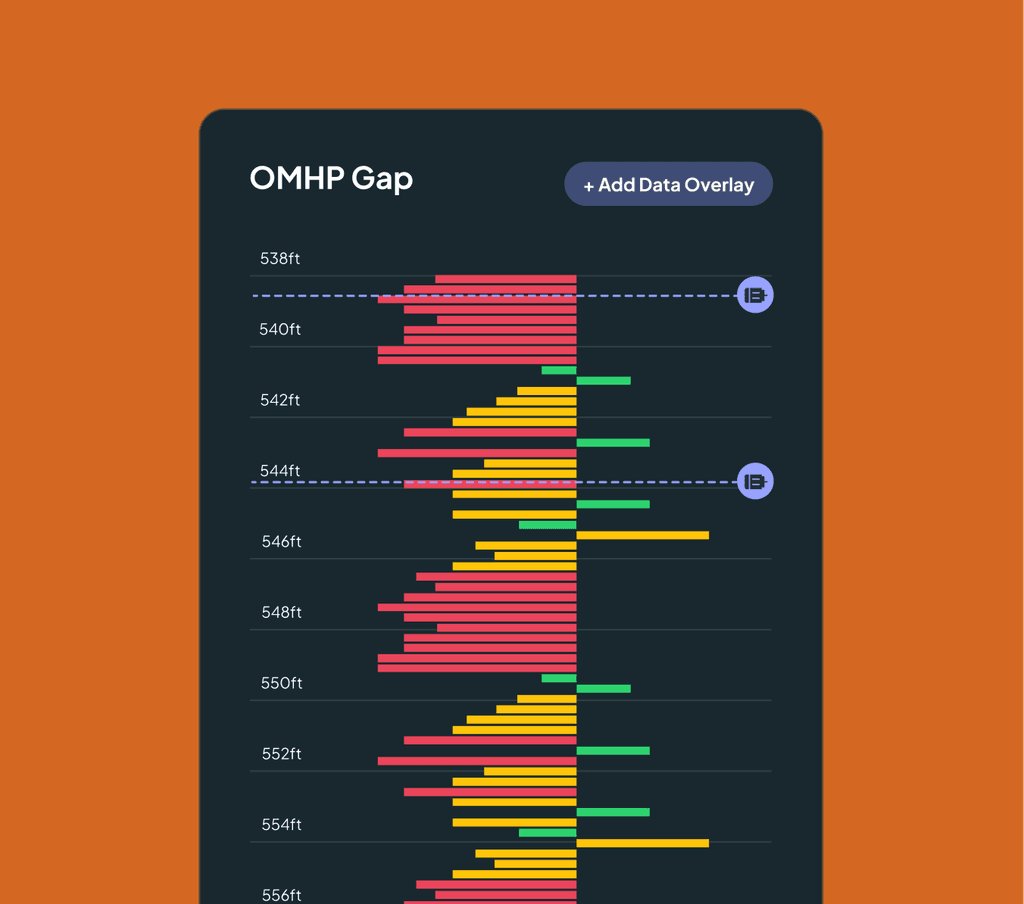

OMHP Gap and Motor Run Insights: Screens showing detailed motor performance and drilling efficiency, with eye-catching visuals on deviation and potential improvements.
EDR Connections
Electronic Drilling Recorders (EDRs) are a key part of the platform. These advanced systems connect sensors and software to monitor vital drilling metrics such as pressure, weight-on-bit, and motor performance. This integration allows Turnco to capture real-time data and optimize operations.
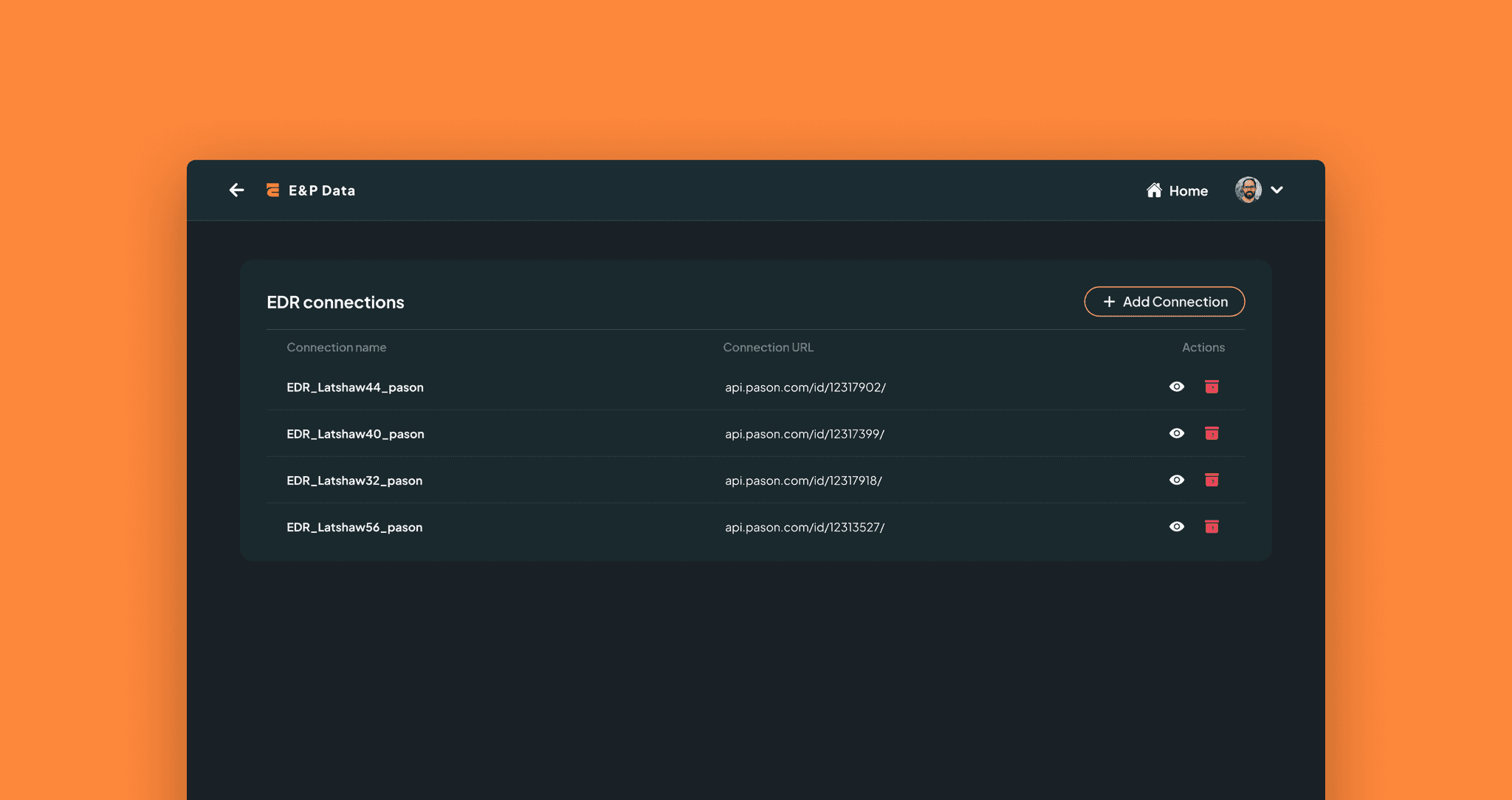


Enhancing Predictive Capabilities with Existing ML Models
We identified an opportunity to add predictive capabilities by leveraging Turnco’s existing ML model. However, before integrating it into the solution, we first conducted a thorough analysis to fully understand its structure, inputs, and limitations.

Rethinking KPI’s
With intuitive visualizations of KPIs and motor performance, users can quickly identify inefficiencies and make informed decisions to optimize drilling efficiency.
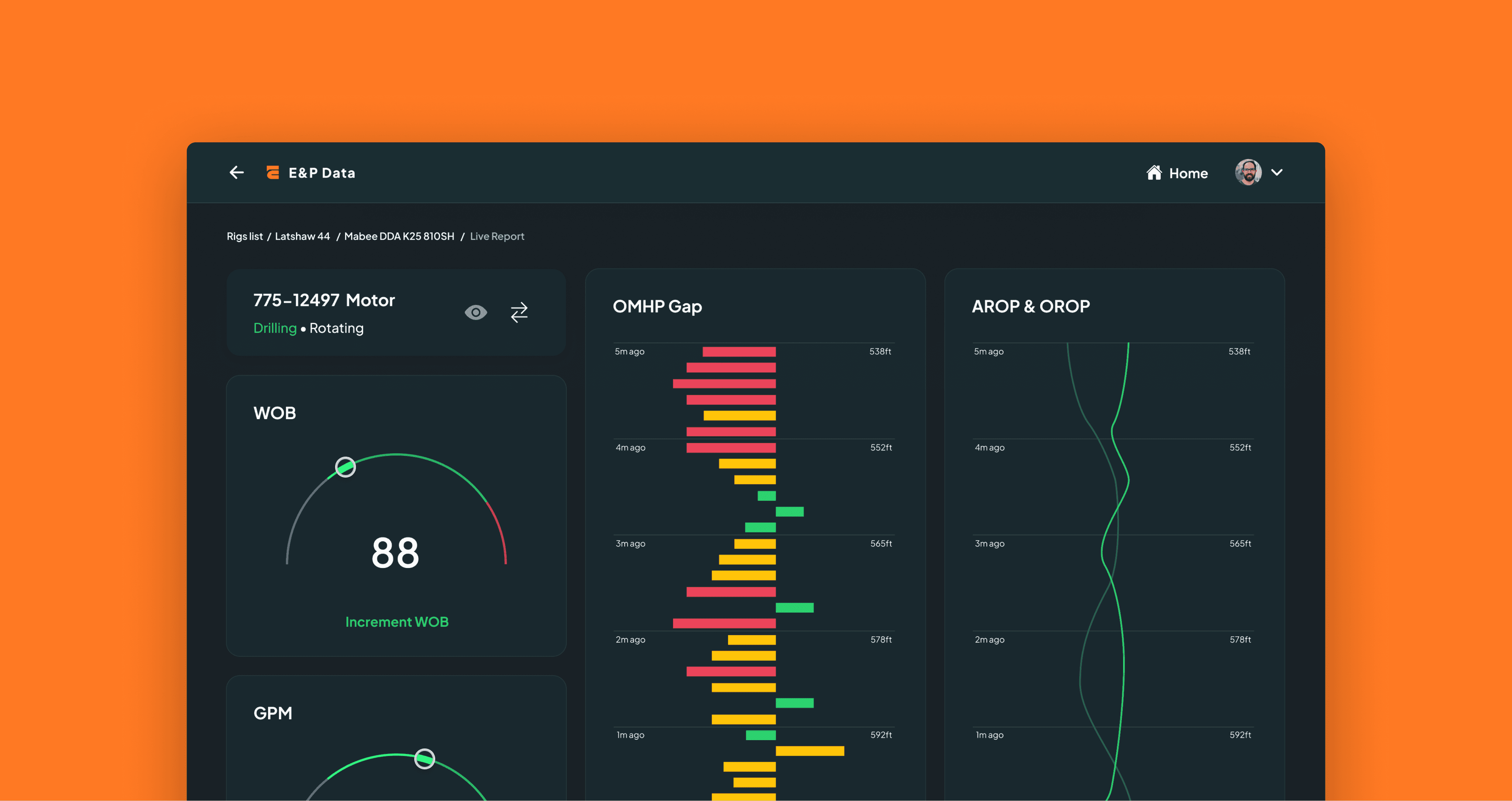
The resulting dashboards offer a view of drilling operations, highlighting potential savings, performance gaps, and improvement opportunities.
Creating a Connected Suite
We aligned the new performance platform with AI-FIT, Turnco’s motor certification program, which ensures motors are AI-optimized and seamlessly integrated with other tools. This connection enhances real-time performance tracking and standardizes operations, creating a cohesive suite of solutions that drives efficiency and scalability.
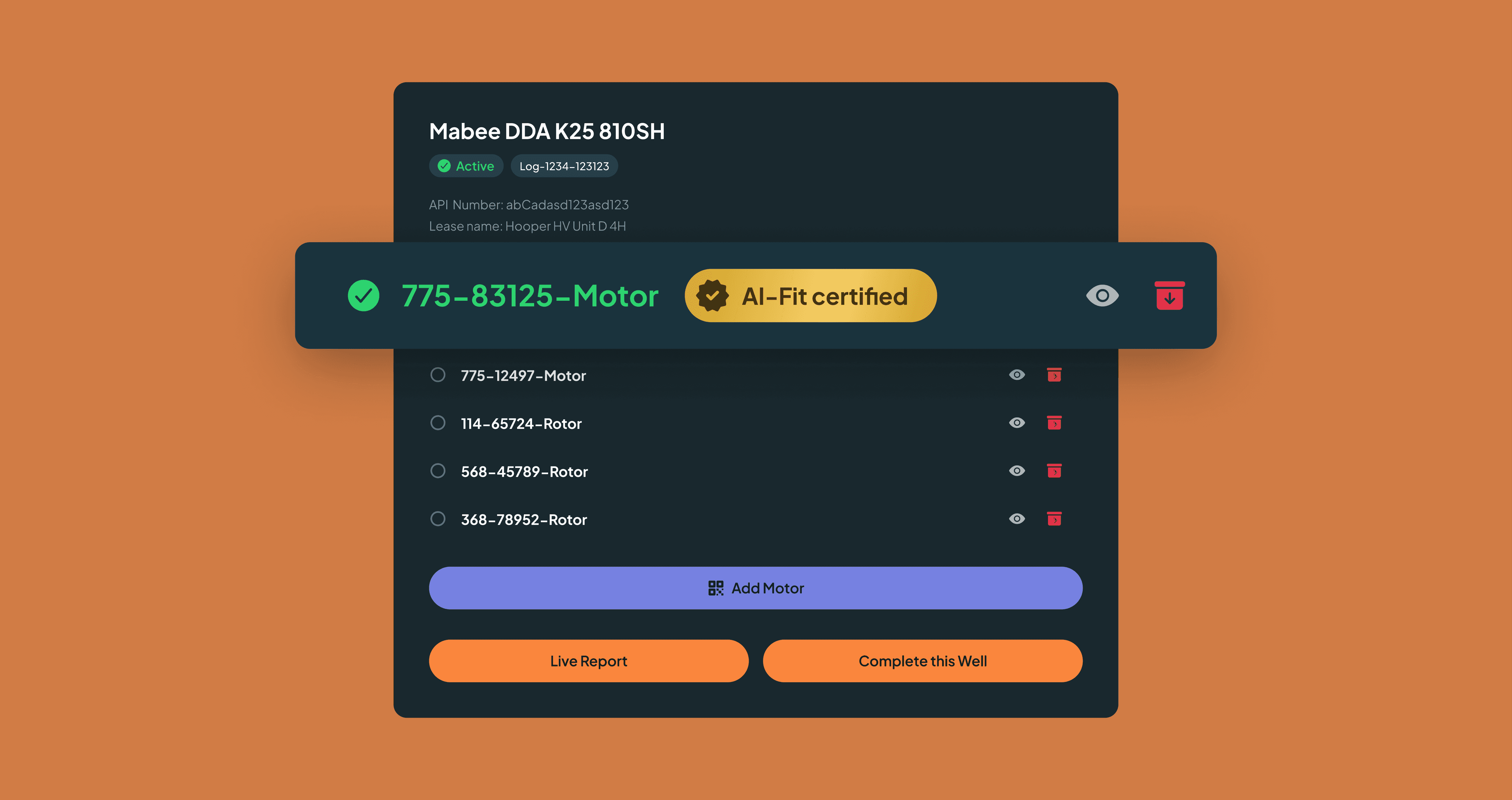
How we helped
“Arionkoder is everything I could’ve asked for. The people I work with is what makes Arionkoder great. They’ve been excellent at meeting deadlines, staying on budget, and communicating with us”
Lonnie Smith
Founder @ Turnco
Transformation
takeaways
Through our partnership with Turnco, we guided them from early discovery to the creation of a robust, AI-powered platform tailored to the specific demands of oil drilling.
By aligning our discovery insights with industry-focused visuals, and streamlined architecture, we helped Turnco redefine their operational workflows.
Today, they’re equipped with a highly productive application that optimizes drilling operations, and drives significant efficiencies across the industry—empowering them to tackle complex challenges with agility and precision






